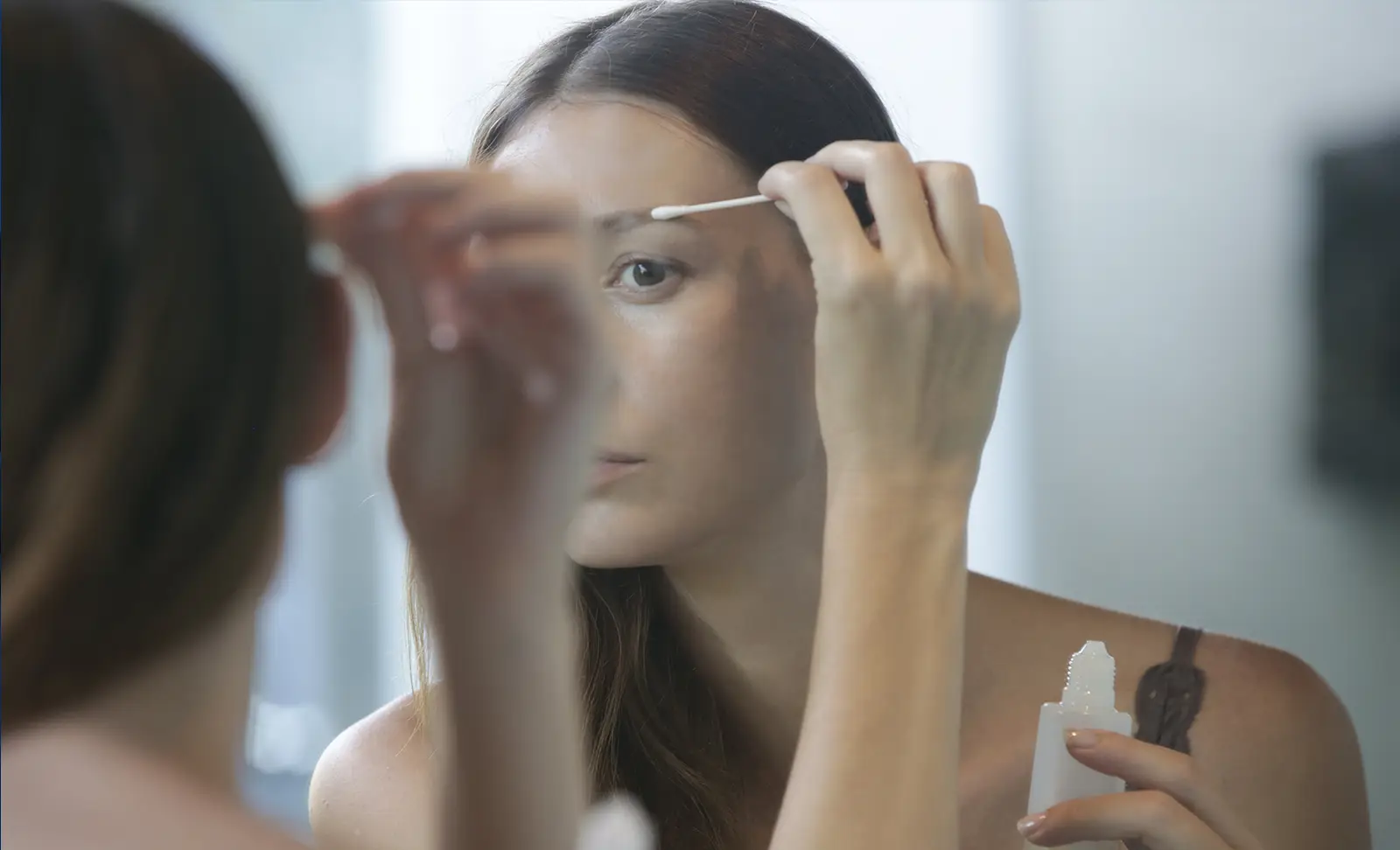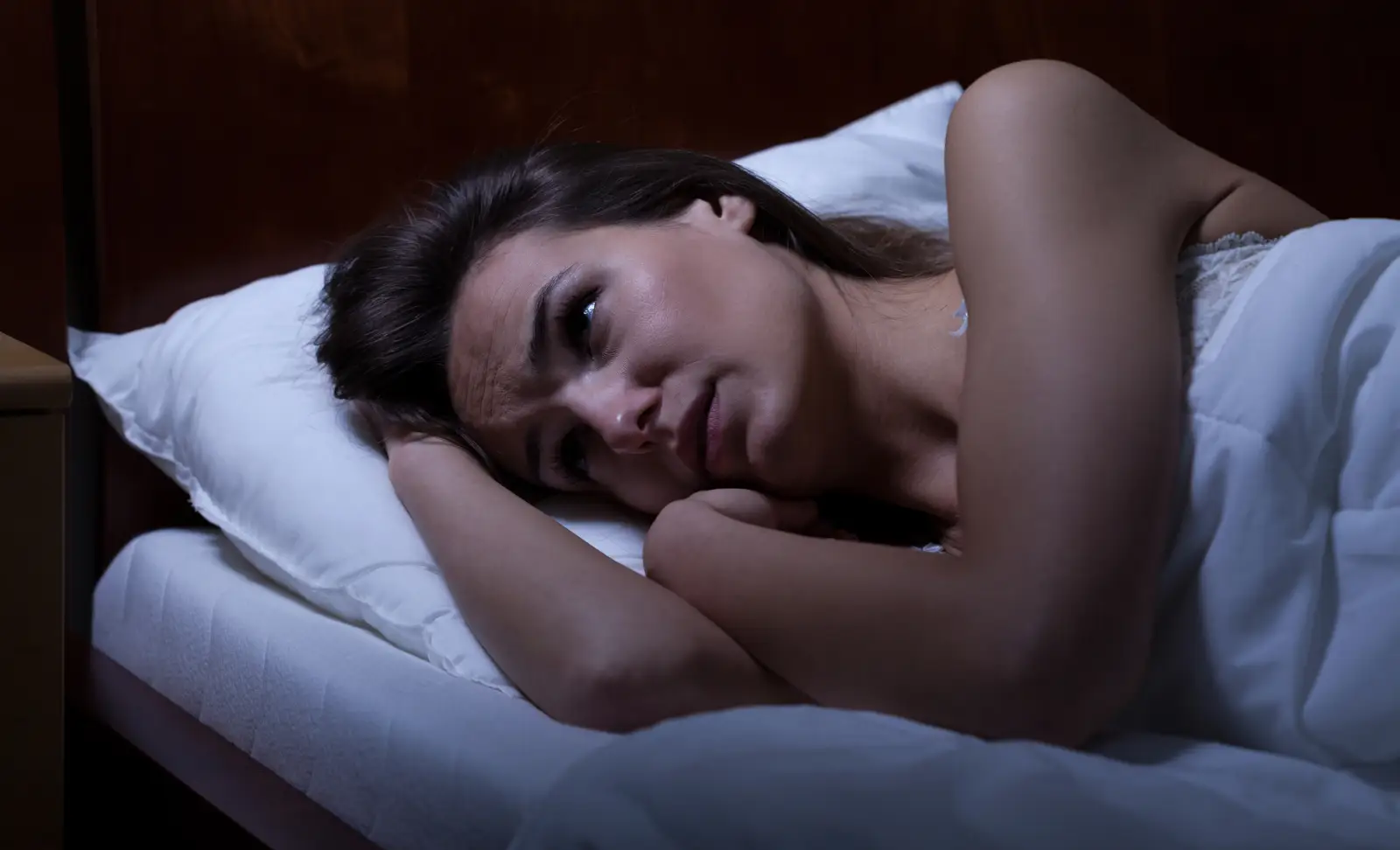
Hair loss in children isn’t that uncommon, but it can be quite frightening for parents to encounter. Luckily, most children aged 26 months and over will be suffering from one of the four following conditions – making diagnosis easy.
Tinea capitis
This is by far the largest cause of hair loss in children. Tinea capitis is a type of ringworm that is contagious, and easily spread amongst school-aged children. Tinea capitis causes scaly, ring-like lesions to form on the scalp, preventing hair from growing. These lesions can also affect the eyebrows and eyelashes too.
The lesions that form as a result of a tinea capitis infection can be incredibly flaky or scaly. You may also find that these lesions contain hairs that appear to be broken off at the surface. However, it can be hard to diagnose tinea capitis simply by looking at the scalp, so make sure you check with your GP to get a proper diagnosis.
To treat tinea capitis, you need an antifungal shampoo that is typically used for about eight weeks. This can be prescribed to you by your GP.
Telogen effluvium
Telogen effluvium is a condition that affects anyone, at any age. It involves the interruption of the natural life cycle of hair follicles, causing the hair to fall out all at once. After a few weeks or months, this can result in either partial or complete baldness.
Telogen effluvium occurs for many different reasons, so diagnosing this can be tricky. Extreme fever, stress, vitamin A overdose, injury or severe emotional stress can all result in telogen effluvium. The acne drug Accutane is also known to cause telogen effluvium.
There is no cure for telogen effluvium, but once the event has passed (i.e. stress has stopped, they’ve recovered from surgery etc), then the hair should grow back. This will take roughly six months to a year.
Alopecia areata
Another cause of hair loss in children is alopecia areata. This is characterised by the hair loss occurring in round or oval patterns. Often, this hair loss occurs within a matter of a few days. Unlike tinea capitis, there is no inflammation with alopecia areata, and the patterns are smooth.
The mechanisms behind alopecia areata are not entirely understood, but it’s widely thought to occur when the child’s immune system begins to attack their own hair follicles.
There is no conclusive test for alopecia areata, but the doctor may take samples of hair to examine under a microscope. Bear in mind that this condition is quite rare, only affecting roughly 1 in 1,000 children.
While this condition cannot be cured, dermatologists and other hair experts can use medications to help promote hair growth. For example, minoxidil and corticosteroid creams can be used.
Trichotillomania
The last condition that can cause hair loss is trichotillomania, which is a compulsive disorder that causes children to pull out their own hair. Similar to other obsessive-compulsive disorders, the children might not even realise they are doing it. Alternatively, they might enjoy the activity as a form of release.
You should be aware that in some cases, chidden eat the hair that is pulled out. This can result in large clumps of undigested hair forming in the stomach.
Cognitive behavioural therapy may help children who are suffering with trichotillomania. Once the behaviour stops, the hair will grow back.
If your child is suffering with hair loss, it’s important to contact your GP to get a proper diagnosis, as this is not an exhaustive list of what can cause hair loss in children.


